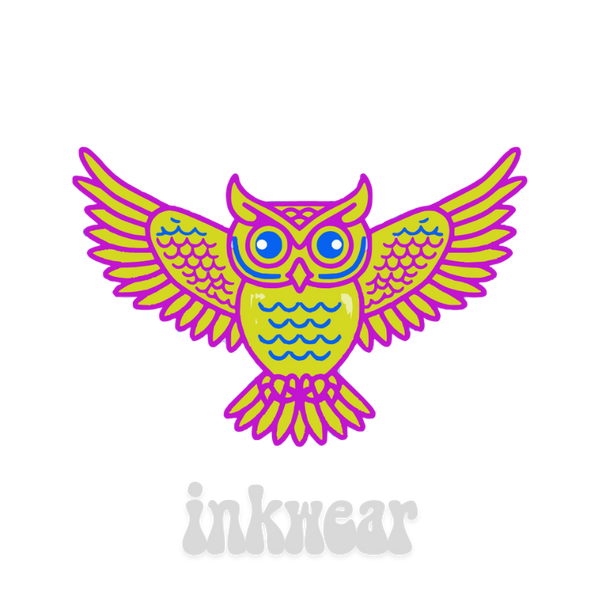In the world of printing, there are various methods and technologies available to create high-quality designs on different surfaces. Two popular methods that have gained attention in recent years are DTF (Direct to Film) printing and DTG (Direct to Garment) printing. These techniques offer unique advantages and are considered sustainable options in the printing industry.
What is DTF Printing?
DTF printing is a process where a design is printed directly onto a special film, which is then transferred onto the desired surface. This method allows for vibrant and detailed prints on a variety of materials, including fabrics, ceramics, and even wood. The film used in DTF printing is eco-friendly and can be easily recycled, making it a sustainable choice for businesses.
What is DTG Printing?
DTG printing, on the other hand, involves printing designs directly onto garments using specialized inkjet printers. This method is particularly popular in the apparel industry as it allows for intricate designs and vibrant colors. DTG printing is also considered sustainable due to its ability to use water-based inks, which are more environmentally friendly compared to traditional printing methods.
Why are DTF and DTG Printing Sustainable Options?
Both DTF and DTG printing offer sustainability benefits that make them attractive options for businesses and individuals looking to reduce their environmental impact. Here are a few reasons why:
1. Reduced Waste: DTF and DTG printing eliminate the need for traditional printing plates or screens, reducing the amount of waste generated during the printing process. This means fewer chemicals and materials end up in landfills.
2. Water-Based Inks: Both DTF and DTG printing utilize water-based inks, which are free from harmful chemicals and have a lower impact on the environment compared to solvent-based inks. These inks are also easier to clean up and do not require harsh chemicals for removal.
3. Energy Efficiency: DTF and DTG printing technologies have become more energy-efficient over the years. The use of advanced printers and drying techniques has significantly reduced energy consumption during the printing process.
4. Customization and On-Demand Printing: DTF and DTG printing allow for on-demand printing, meaning businesses can produce items as needed, reducing excess inventory and waste. This customization also eliminates the need for large production runs, further minimizing environmental impact.
5. Versatility: DTF and DTG printing can be used on a wide range of materials, including fabrics, ceramics, and wood. This versatility reduces the need for multiple printing methods, streamlining the production process and reducing waste.
By choosing DTF or DTG printing, businesses and individuals can contribute to a more sustainable future. These printing methods offer high-quality results while minimizing waste, reducing energy consumption, and utilizing eco-friendly inks. Whether you're in the apparel industry or looking to create custom designs on various surfaces, DTF and DTG printing are excellent choices for sustainable and environmentally conscious printing.

